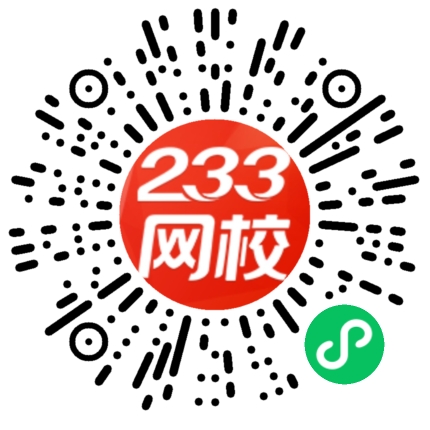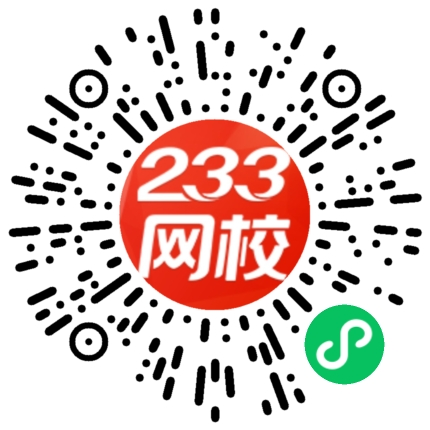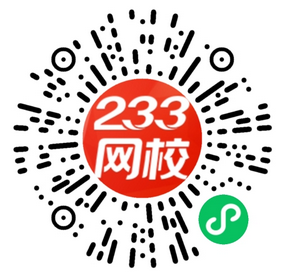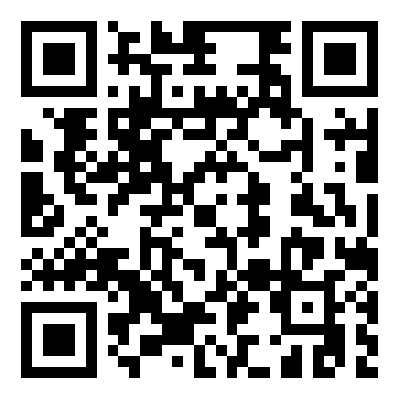Economics
经济学
Broad Learning Objectives
总体学习目标
The major concepts and variables that underpin macroeconomic analyses should be known and understood. The IS-LM model features in the syllabus and should be well understood due to its linking of the real and financial markets. Important macroeconomic phenomena such as economic output, inflation, growth, labour markets, monetary policy and business cycles should be all assessable in some detail, together with their various interrelationships. Knowledge of international macroeconomic material should be developed via the coverage of foreign exchange rates, interest rates and prices etc. and applications of this material to practical settings achievable. To facilitate a broad economic perspective and understanding, a number of the important macroeconomic issues are assessed within a simple economic modelling framework.
要知道和理解构成宏观经济基础的主要概念和变量。因IS-LM模型连接金融市场和实体经济,所以对在大纲中占有重要位置的IS-LM模型应深刻理解。能够较详细地分析重要的宏观经济现象如经济产出、通货膨胀、经济增长、劳动力市场、货币政策和商业周期,以及他们之间多样的相互关系。通过汇率、利率和价格,以及宏观经济资料在现实环境中的应用,加强对宏观经济的了解。同时为便于形成广泛的经济视角及深刻的理解层次,一些重要的宏观经济问题应在简单的经济模型框架内进行评估。
1 Concepts, Major Macroeconomic Variables and the IS-LM Model
1 宏观经济学主要概念和变量以及IS-LM模型
1.1 Major macroeconomic concepts and variables
1.1.1 National income accounting: GDP and GNP
1.1.2 Inflation
1.1.3 Interest rates
1.1 宏观经济学主要概念和变量
1.1.1 国民收入核算:GDP和GNP
1.1.2 通货膨胀
1.1.3 利率
1.2 The basic model of the real market in a closed economy
1.2.1 The determination of demand
1.2.2 Equilibrium in the real market: the IS relation
1.2 封闭经济中实体市场的基本模型
1.2.1 需求决定
1.2.2 实体市场均衡:IS关系
1.3 The basic model of the financial market in a closed economy
1.3.1 The demand for money
1.3.2 Equilibrium in the money market: the LM relation
1.3 封闭经济中金融市场的基本模型
1.3.1 货币需求
1.3.2 货币市场均衡:LM关系
1.4 The IS-LM model
1.4.1 Equilibrium in the real and financial markets
1.4.2 The effects of fiscal policy in a closed economy
1.4.3 The effects of monetary policy in a closed economy
1.4.4 Expected inflation and the IS-LM model
1.4 IS-LM模型
1.4.1 实体市场与金融市场均衡
1.4.2 封闭经济中财政政策的效果
1.4.3 封闭经济中货币政策的效果
1.4.4 预期通货膨胀率和IS-LM模型
2 Economic Output and the Labour Market
2 经济产出和劳动力市场
2.1 Production
2.1 产出
2.2 The labour market
2.2 劳动力市场
2.3 General equilibrium in the real, financial and labour markets
2.3.1 Aggregate supply
2.3.2 Aggregate demand
2.3.3 Equilibrium output in the short and the medium run
2.3.4 The dynamic effects of fiscal policy
2.3.5 The dynamic effects of monetary policy
2.3 实体市场、金融市场和劳动力市场的一般均衡
2.3.1 总供给
2.3.2 总需求
2.3.3 短期产出和中期产出均衡
2.3.4 财政政策的动态效应
2.3.5 货币政策的动态效应
2.4 Monitoring the economy in the real world
2.4.1 Potential output, definition and estimation
2.4 监控现实世界中的经济运行
2.4.1 潜在产出、定义和估计
3 The Link between Inflation and Unemployment, Economic Growth and Business Cycles
3 通货膨胀率和失业率、经济增长和经济周期的关系
3.1 Inflation versus unemployment: the great trade-off?
3.1.1 Unemployment and inflation: the Phillips curve
3.1.2 The modern version of the Phillips curve
3.1 通货膨胀率与失业率:伟大的权衡?
3.1.1 失业率和通货膨胀率:菲利普斯曲线
3.1.2 菲利普斯曲线的新发展
3.2 Economic growth
3.2.1 Growth accounting
3.2.2 Capital accumulation and economic growth
3.2.3 Technological progress and economic growth
3.2 经济增长
3.2.1 增长的核算
3.2.2 资本积累和经济增长
3.2.3 技术进步和经济增长
3.3 Business cycles
3.3.1 The basics
3.3.2 The classical approach: theory of exogenous business cycles
3.3.3 The Keynesian approach: theory of endogenous business cycles
3.3.4 Fiscal policy, monetary policy and the business cycle
3.3 经济周期
3.3.1 基础知识
3.3.2 古典模式:外生性经济周期理论
3.3.3 凯恩斯模式:内生性经济周期理论
3.3.4 财政政策、货币政策与经济周期
3.4 Monitoring the economy in the real world
3.4.1 Business cycle: activity
3.4.2 Business cycle: inflation
3.4 监控现实世界中的经济运行
3.4.1 经济周期:经济活动
3.4.2 经济周期:通货膨胀
4 Balance of Payments, Exchange Rates, Prices and Interest Rates
4 国际收支、汇率、价格和利率
4.1 The balance of payments
4.1.1 The accounting system
4.1.2 Domestic savings and the current account balance
4.1 国际收支
4.1.1 核算系统
4.1.2 国内储蓄和经常项目收支
4.2 The exchange rate
4.2.1 Nominal and real exchange rate
4.2.2 Exchange rate regimes
4.2 汇率
4.2.1 名义汇率和实际汇率
4.2.2 汇率制度
4.3 Exchange rate, prices and interest rates
4.3.1 Purchasing power parity
4.3.2 Covered interest rate parity
4.3.3 Uncovered interest rate parity
4.3 汇率、价格和利率
4.3.1 购买力平价
4.3.2 有套期保值的利率平价理论
4.3.3 无套期保值的利率平价理论
5 Economic Issues Explained with a Simple Model
5 使用简单模型解释经济问题
5.1 The basic model of the real and financial markets in an open economy
5.1.1 The determination of demand in the real market
5.1.2 Equilibrium in the real market: the IS relation in the open economy
5.1.3 Equilibrium in the financial market: the LM relation in the open economy
5.1.4 Equilibrium in an open economy: the Mundell-Fleming model
5.1.5 The effects of policy in an open economy
5.1.6 Aggregate supply and demand in the open economy
5.1 开放经济条件下实体市场和金融市场基本模型
5.1.1 实体市场需求决定
5.1.2 实体市场均衡:开放经济中IS曲线
5.1.3 金融市场均衡:开放经济中LM曲线
5.1.4 开放经济条件下一般均衡:蒙代尔-弗莱明模型
5.1.5 开放经济条件下政策效应
5.1.6 开放经济条件下总供给和总需求
5.2 Theories of exchange rate determination
5.2.1 Balance of payments approach
5.2.2 The asset approach
5.2.3 Exchange rate determination: empirical evidence
5.2 汇率决定理论
5.2.1 国际收支法
5.2.2 资产法
5.2.3 汇率决定:实证检验
5.3 Statistical behaviour of the exchange rate
5.3 汇率的统计特性
6 Monetary Policy
6 货币政策
6.1 Basic concepts of monetary theory
6.1.1 The definition of money
6.1.2 Money supply and the money multiplier
6.1 货币理论基本概念
6.1.1 货币定义
6.1.2 货币供给与货币乘数
6.2 Monetary policy
6.2.1 The implementation process of monetary policy
6.2.2 The instruments of monetary policy
6.2 货币政策
6.2.1 货币政策实施过程
6.2.2 货币政策工具
6.3 The transmission mechanism of monetary policy on the real economy
6.3.1 Interest rate channel
6.3.2 Credit channel
6.3.3 Exchange rate channel
6.3 货币政策对实体经济的传导机制
6.3.1 利率渠道
6.3.2 信贷渠道
6.3.3 汇率渠道
6.4 Central bank operations in major countries
6.4 一些主要国家的中央银行操作



























